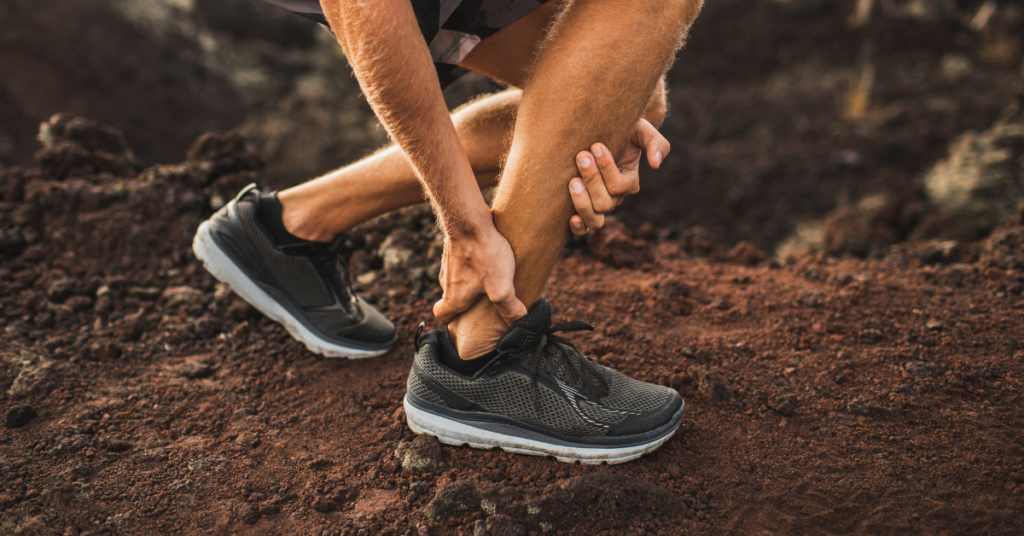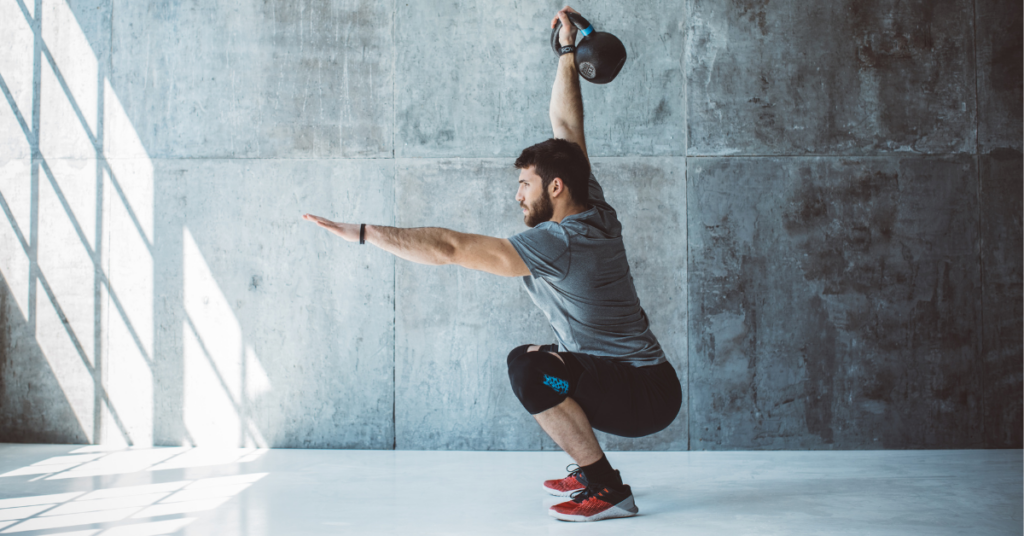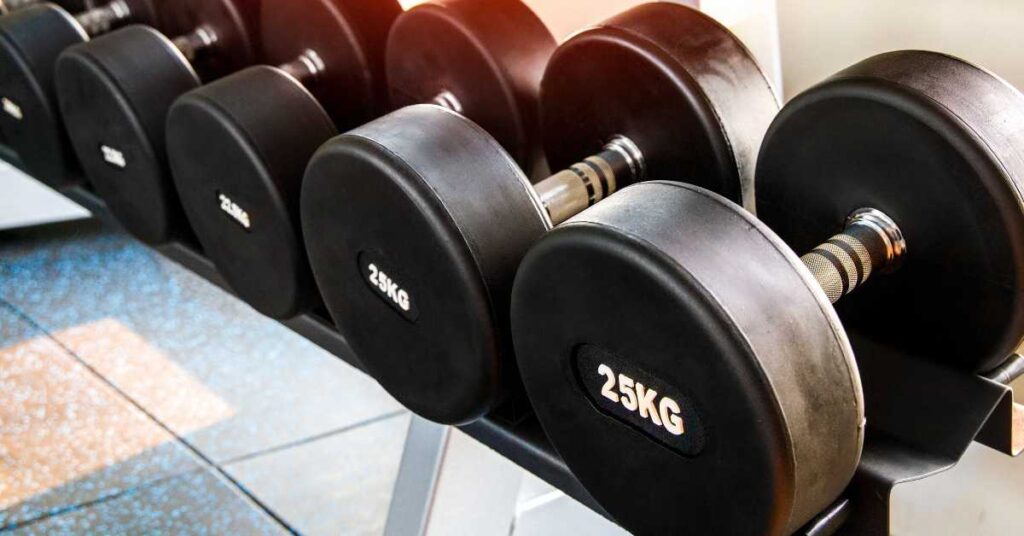Introduction
Sports injuries are a common occurrence in the world of athletics, often resulting from the physical demands and intense training involved in sports. Understanding the common injuries that athletes face is essential for prevention, early intervention, and effective treatment. In this article, we will explore several common sports injuries, their causes, and strategies for prevention and recovery.
Sprains and Strains
Definition and Causes: Sprains occur when ligaments are stretched or torn, while strains involve damage to muscles or tendons. These injuries often result from sudden movements, overexertion, or inadequate warm-up.
Most Commonly Affected Areas: Ankles, knees, and wrists are frequently affected by sprains, while strains commonly occur in the back, hamstring, and groin muscles.
Prevention and Treatment: Proper warm-up, stretching, and wearing protective gear can help prevent sprains and strains. Treatment typically involves rest, ice, compression, and elevation (RICE), along with physical therapy to restore strength and flexibility.
Concussions
Causes and Symptoms: Concussions result from a blow or jolt to the head, leading to temporary brain dysfunction. Symptoms may include headache, dizziness, confusion, and memory problems.
Risk Factors: Athletes participating in contact sports such as football or hockey are at higher risk of experiencing concussions. Previous concussions and inadequate protective equipment can also increase the risk.
Recovery and Prevention: Proper rest and gradual return to activity are crucial for concussion recovery. Athletes should follow guidelines for safe return-to-play and wear appropriate protective gear to prevent future concussions.
Fractures and Dislocations
Types of Fractures and Dislocations: Fractures involve broken bones, while dislocations occur when a bone is forced out of its normal position. These injuries can result from falls, collisions, or direct impact.
Causes and Prevention: Fractures and dislocations can occur due to high-impact sports, improper technique, or inadequate conditioning. Wearing protective equipment, maintaining proper form, and conditioning exercises can help prevent these injuries.
Treatment and Rehabilitation: Treatment options vary depending on the severity of the fracture or dislocation and may involve casting, splinting, or surgery. Rehabilitation focuses on restoring strength, mobility, and function through physical therapy.
Tendonitis
Definition and Causes: Tendonitis is the inflammation of a tendon, usually resulting from repetitive movements, overuse, or poor technique.
Common Areas Affected: Tendonitis commonly occurs in the Achilles tendon, rotator cuff, and patellar tendon.
Treatment and Prevention: Rest, ice, and physical therapy are typically employed to treat tendonitis. Proper technique, gradual training progression, and incorporating rest periods into training schedules can help prevent its occurrence.
ACL Tears
Causes and Risk Factors: ACL tears often occur during activities involving sudden stops, changes in direction, or direct blows to the knee. Female athletes and those participating in high-impact sports are at higher risk.
Signs and Symptoms: ACL tears may cause a popping sensation, swelling, instability, and difficulty bearing weight.
Treatment Options and Recovery: Treatment options range from physical therapy to surgical reconstruction. Rehabilitation focuses on strengthening the knee and improving stability to ensure a safe return to sports.
Shin Splints
Causes and Risk Factors: Shin splints result from repetitive stress on the shinbone and connective tissues. Factors such as overtraining, improper footwear, and hard surfaces increase the risk.
Prevention and Treatment: Gradual training progression, proper footwear, and surface modification can help prevent shin splints. Treatment involves rest, ice, and physical therapy to alleviate pain and address contributing factors.
Tennis/Golfer’s Elbow
Causes and Symptoms: Tennis elbow (lateral epicondylitis) and golfer’s elbow (medial epicondylitis) are overuse injuries affecting the tendons in the elbow. These injuries are common in sports involving repetitive arm motions.
Treatment and Prevention: Treatment options include rest, physical therapy, and anti-inflammatory medications. Proper technique, equipment, and grip strength exercises can help prevent these injuries.
Runner’s Knee
Causes and Risk Factors: Runner’s knee (patellofemoral pain syndrome) is often caused by overuse, misalignment of the kneecap, or muscle imbalances. Factors such as excessive training, weak muscles, and improper footwear can contribute to its development.
Symptoms and Treatment: Symptoms include pain around or behind the kneecap, especially during activities like running or squatting. Treatment involves rest, physical therapy, and addressing contributing factors through exercises and biomechanical adjustments.
Ankle Sprains
Causes and Prevention: Ankle sprains occur when the ligaments supporting the ankle are stretched or torn. They often result from sudden changes in direction, uneven surfaces, or inadequate footwear. Proper warm-up, ankle bracing, and strengthening exercises can help prevent ankle sprains.
Rehabilitation and Prevention Strategies: Rehabilitation typically involves RICE, followed by exercises to restore range of motion, strength, and stability. Balance training, proprioception exercises, and ankle strengthening can help prevent future sprains.
Hamstring Strains
Causes and Risk Factors: Hamstring strains occur when the muscles at the back of the thigh are stretched or torn. They can result from explosive movements, inadequate warm-up, or muscle imbalances.
Treatment and Prevention: Treatment involves rest, ice, and physical therapy to regain strength and flexibility. Proper warm-up, progressive training, and hamstring-strengthening exercises can help prevent strains.
Shoulder Injuries
Common Shoulder Injuries in Athletes: Athletes often experience shoulder injuries such as dislocations, rotator cuff tears, or labral tears. These injuries can result from falls, overuse, or repetitive overhead motions.
Causes and Prevention: Shoulder injuries can occur due to improper technique, inadequate warm-up, or insufficient strength and mobility. Proper form, shoulder-strengthening exercises, and gradual training progression can help prevent these injuries.
Rehabilitation and Treatment Options: Treatment options range from conservative measures such as rest, physical therapy, and anti-inflammatory medications to surgical interventions in severe cases. Rehabilitation focuses on restoring shoulder strength, stability, and range of motion.
Conclusion
Understanding common sports injuries and their causes is crucial for athletes and sports enthusiasts alike. By implementing preventive measures, practicing proper technique, and gradually progressing training, athletes can reduce the risk of injury and maintain their performance and well-being. In cases where injuries do occur, prompt and appropriate treatment, along with diligent rehabilitation, can facilitate a successful recovery and help athletes get back to doing what they love.
Disclaimer: When it comes to injury prevention and recovery, always seek professional guidance and advice from medical professionals who will be in a position to better address specific concerns or issues related to your individual situation. In no event shall we be liable for any direct, indirect, incidental, special, or consequential damages arising out of or in connection with your use of this website or the content provided herein.







